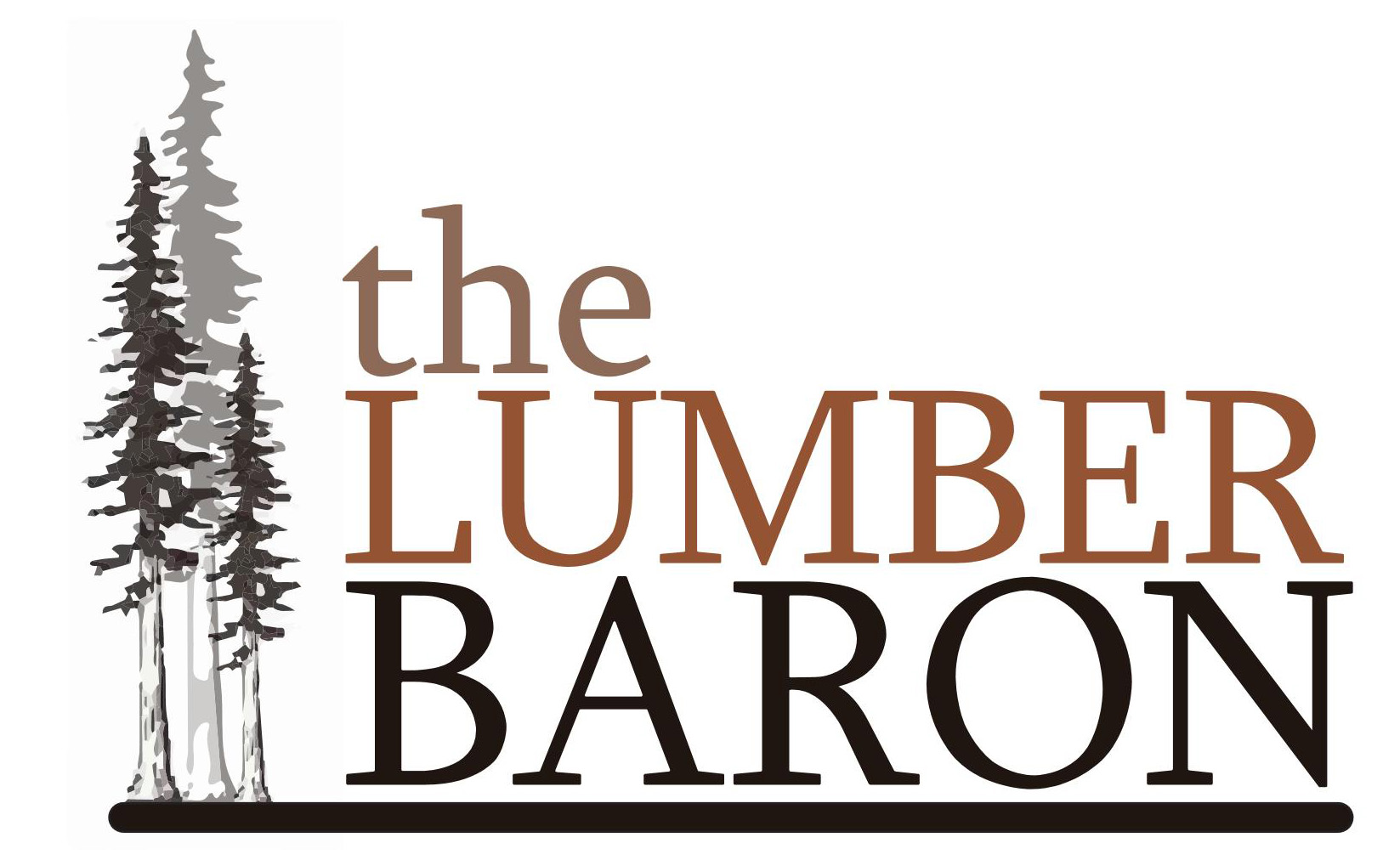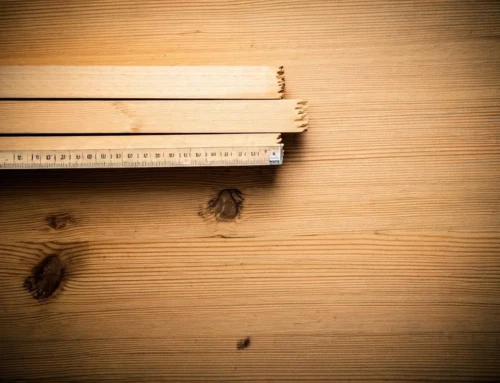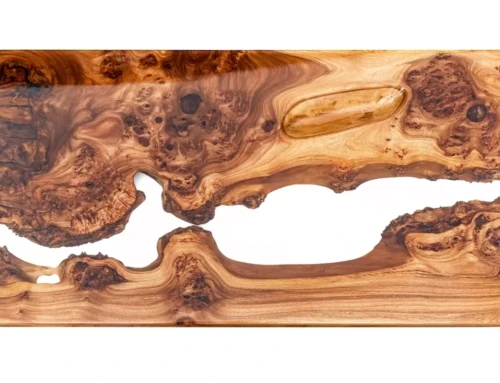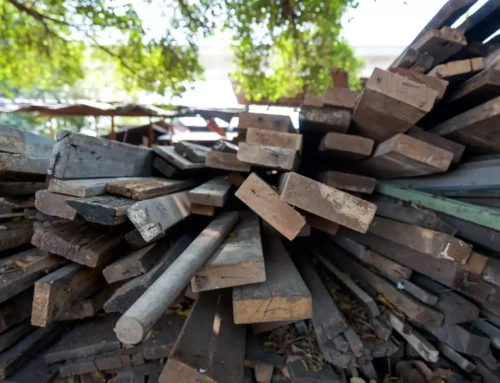Embracing the rustic charm of reclaimed lumber can transform any space into a masterpiece of sustainable beauty. But navigating the journey from raw, aged wood to a polished project requires creativity, patience, and the right collaboration. Discover how to blend the old with the new by partnering with a designer who shares your vision.
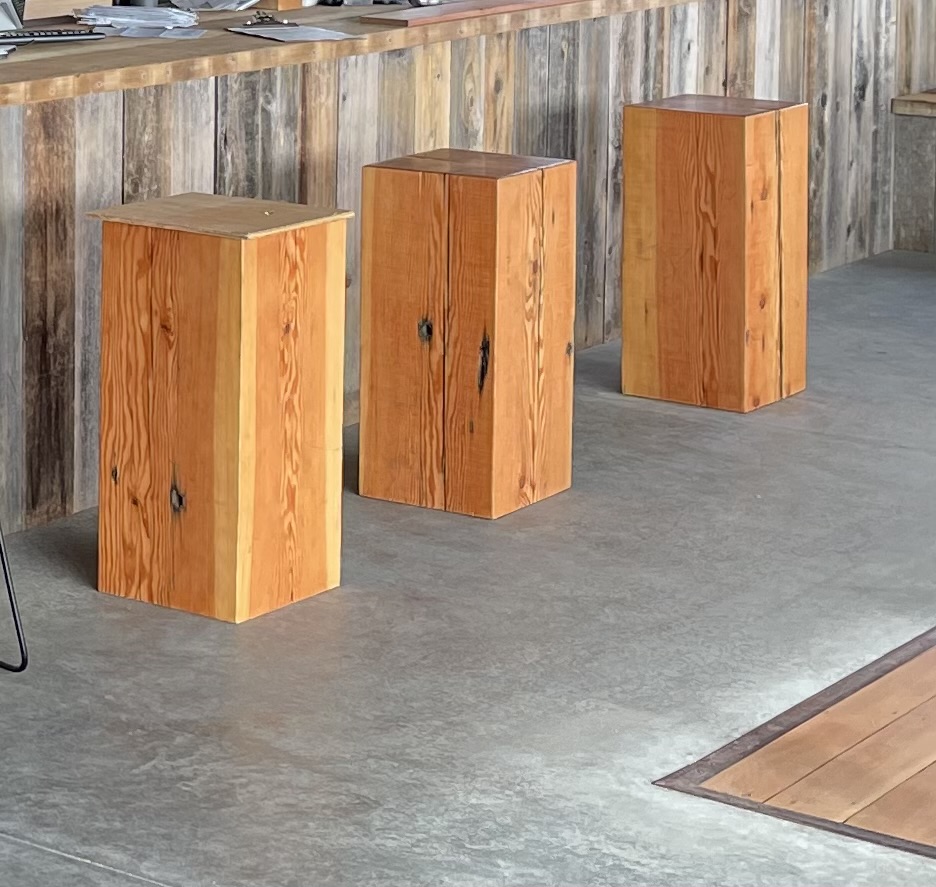
Understanding the Value of Reclaimed Lumber in Design
Reclaimed lumber is not just another building material; it’s a slice of history, brimming with character and charm. Each piece tells a story of its past life, perhaps as part of a famous bridge or a WWII factory. The unique textures and patterns that emerge with age can add unparalleled warmth and depth to any design project.
More than its aesthetic allure, reclaimed lumber appeals to those seeking sustainable and eco-friendly design options. Repurposing old wood reduces the need for new timber, thus contributing to forest conservation and reducing landfill waste. It’s a choice that marries style with responsibility.
Finding the Right Designer for Your Project
The journey to creating with reclaimed lumber begins with finding a designer who not only understands your vision but also respects the integrity of the materials. Look for someone with experience in working with reclaimed wood and a portfolio that resonates with your style.
It’s critical to establish a dialogue early on. A good designer will ask questions about your preferences, how the space will be used, and the story you want to tell through your project. This collaborative approach ensures that the final design is personalized and true to your desires.
Communicating Your Vision and Expectations
Establish clear communication with your designer from the beginning. Share inspiration, be it photographs, sketches, or even moods, to convey the ambiance you are aiming for. Discuss the functional aspects of the project—how the reclaimed lumber will be used and any specific features you desire.
Feedback is vital. Be open to suggestions from your designer but don’t hesitate to voice any concerns. Remember, this is a collaborative effort aimed at bringing your vision to life.
Sourcing and Selecting Quality Reclaimed Lumber
The quest for the perfect reclaimed lumber is both an adventure and a challenge. Depending on your project, the wood’s age, patina, and origins can significantly impact the overall design.
Work closely with your designer to identify reputable sources for reclaimed lumber. Attend warehouse visits if possible, to handpick the pieces that resonate with your vision. Pay attention to the wood’s history, as it adds to the narrative of your project.
Inspecting for quality is key. Ensure the lumber is structurally sound, free of pests, and has been adequately treated if necessary. Your designer can provide invaluable guidance in this regard, ensuring that the materials meet both aesthetic and safety standards.
With a 6,000 square foot showroom and over 7 acres of historic inventory, The Lumber Baron makes buying reclaimed lumber a breeze. We preview every batch of reclaimed lumber we buy, acquiring lots with a quality first mentality.
The Collaboration Process: Tips for Success
Mutual respect and open communication are the cornerstones of any successful collaboration. Regular meetings, whether in person or virtually, can help keep the project on track and ensure that any challenges are swiftly addressed.
Be patient and flexible. Projects involving reclaimed lumber can often take longer due to the nature of the materials. Unexpected issues may arise, but with a problem-solving approach, they can be turned into unique features that enhance the project’s beauty.
Celebrate milestones together. From the selection of materials to the completion of the project, take time to acknowledge the progress and creativity that have gone into transforming reclaimed lumber into your envisioned design.
Creating with reclaimed lumber is more than just a project; it’s a journey into the past, repurposing the old into something new and extraordinary. Your collaboration with the right designer can turn a pile of aged wood into a sustainable work of art, embodying your vision and values. Remember, it’s not just about the lumber; it’s about creating stories and spaces that last a lifetime.
